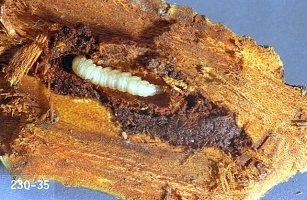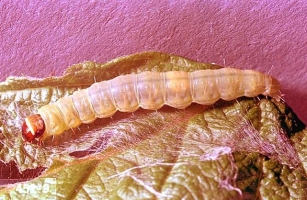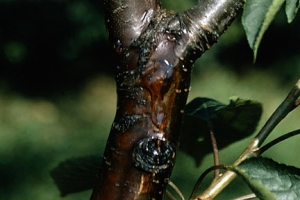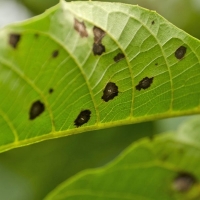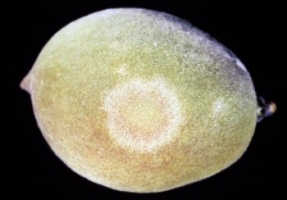Early maturing varieties: New Large Early, Charmagaz, Shipley Early
Medium maturing varieties: Turkey, Moorpark, Kaisha, New Castle.
Late maturing varieties: Royal, Saint Embryos
Improved varieties:
Shipley Early: It has medium sized fruits which are round in shape and has creamy white color peel. Fruits are juicy in taste and the fruit matures in mid-May.
Kaisha: It has medium sized which are round and yellow in color. Flesh is violet which gives good aroma. It has good yield and the fruits mature in med-June.
New Castle: It has medium round fruit which is deep violet yellow in color, flesh is juicy and sweet in taste. The fruits mature in first week of June.
Royal: Big sized fruits which are round-egg shaped and are light yellow in color. It has yellow color flesh, which is hard and juicy. This variety is also used for packing and dry purposes.
Saint Embryos: Big sized fruits which are egg shaped and violet-yellow peel. Flesh is violet-yellow and soft. The fruit matures in July month.
Chaubattia Madhu: The fruit matures in first week of June.
Chaubattia Alankar: It has round shaped fruits which are medium in shape and light yellow in color. The fruit matures in end week of May to first week of June.
Chaubattia Kesri: It has medium to big sized fruits which are round and flat in shape and is violet in color. The fruit matures in third to fourth week of June.






